The kitchen is full of traditions and tips passed down through generations, but not all of them are rooted in truth. Many cooking myths persist, leading to unnecessary effort or even disappointing results. It’s time to separate fact from fiction. Here are seven common cooking myths you need to stop believing.
1. Searing Meat Locks in Juices
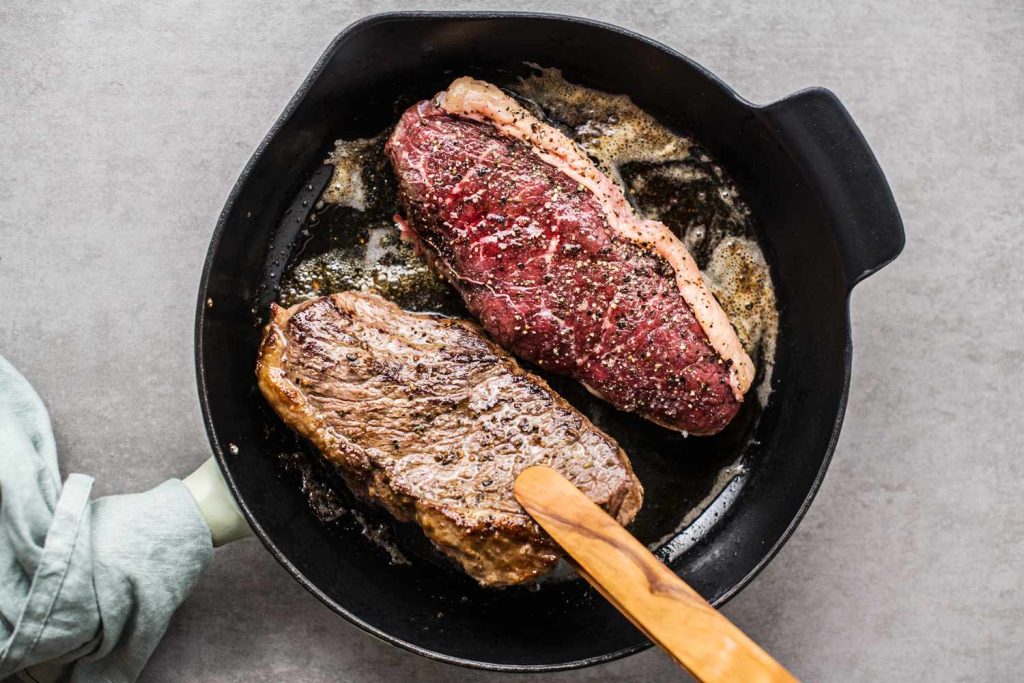
One of the most persistent myths is that searing meat locks in juices, but this isn’t true. Searing creates a flavorful crust through the Maillard reaction, but it doesn’t seal the meat. Juiciness depends on cooking time and temperature, not the initial sear. While searing adds great flavor, don’t expect it to prevent moisture loss.
2. Always Rinse Pasta After Cooking
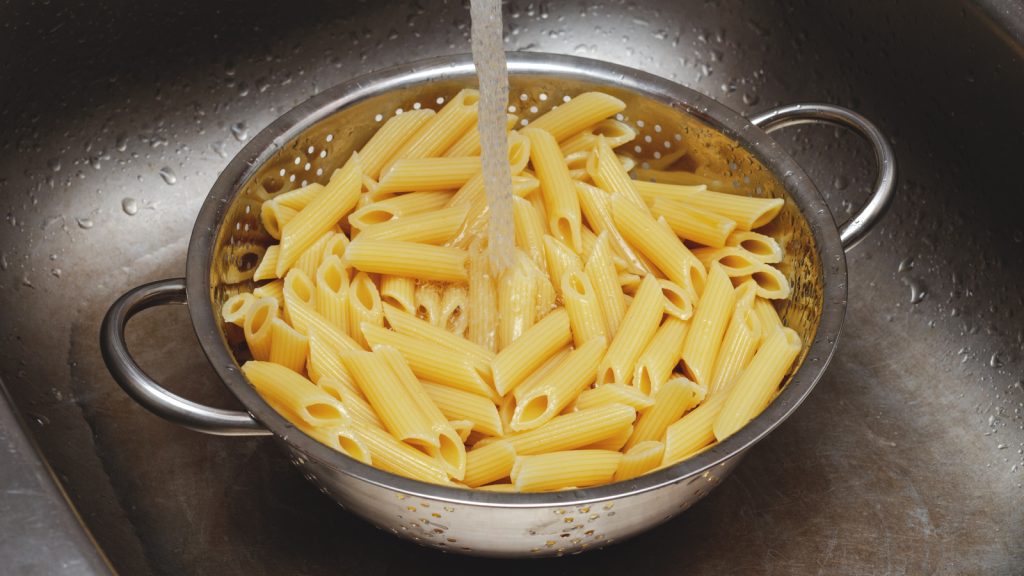
Rinsing pasta washes away the starches that help sauces cling to the noodles. This myth likely stems from recipes for cold pasta salads, where rinsing can prevent clumping. For hot pasta dishes, however, rinsing results in a slippery surface that sauce can’t adhere to. Skip the rinse and toss the pasta directly into your sauce for maximum flavor.
3. Alcohol Always Cooks Off Completely
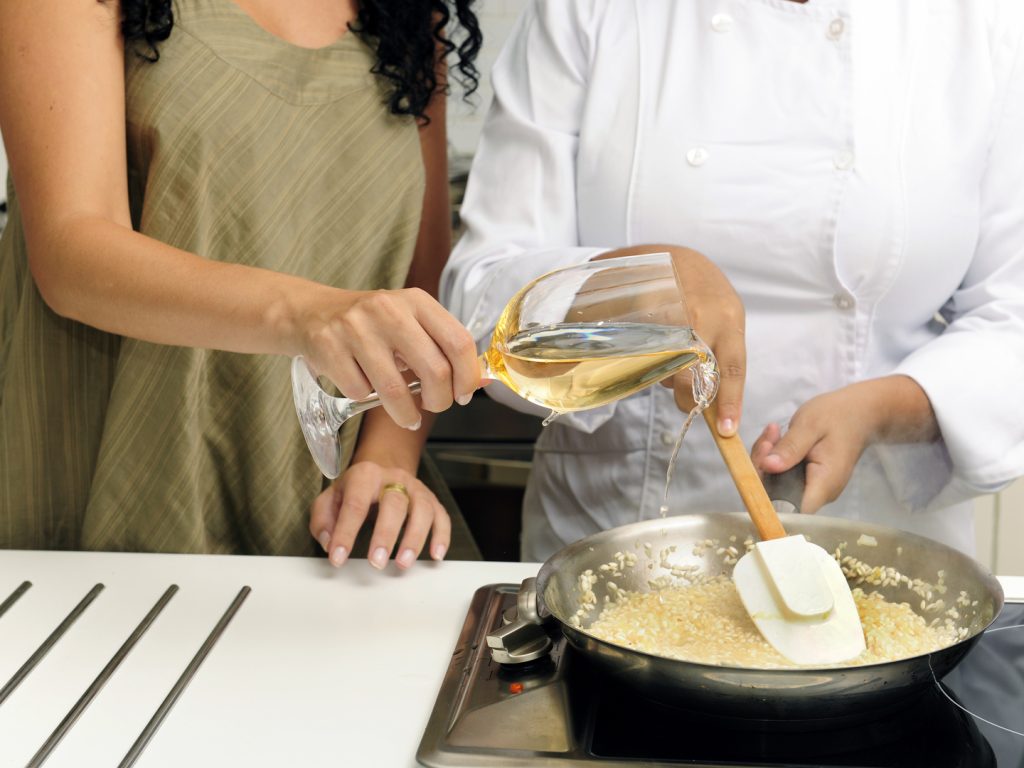
Many people believe that alcohol evaporates entirely during cooking, but this depends on cooking time and method. In reality, some alcohol can remain, even after simmering for hours. Dishes with shorter cooking times or lower heat retain a higher alcohol content. If you’re cooking for someone avoiding alcohol, choose substitutions like broth or juice.
4. You Should Salt Beans While Cooking
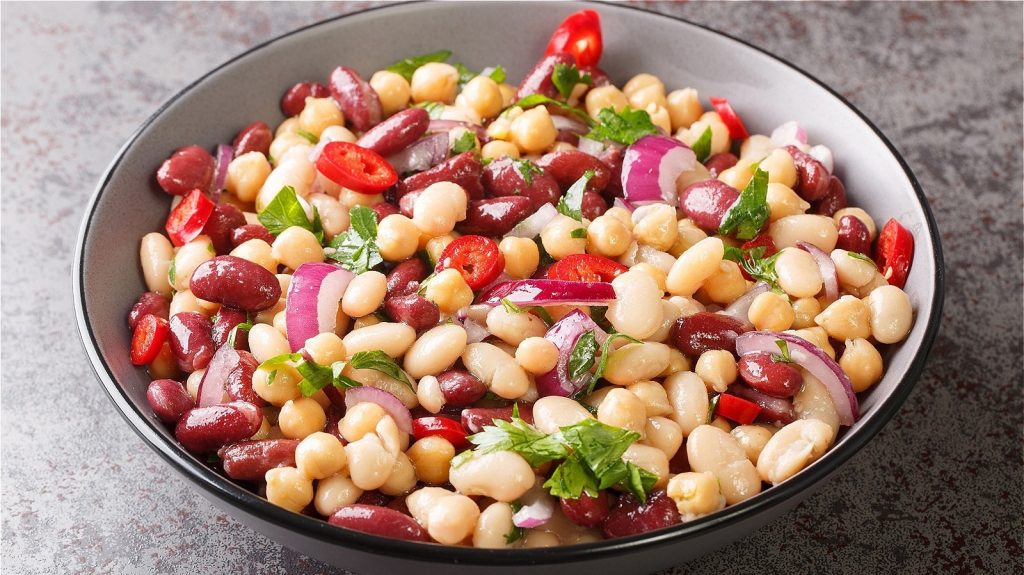
It’s often said that adding salt to beans during cooking makes them tough, but this isn’t accurate. Salt actually helps beans cook evenly by softening their skins. Adding salt early enhances the flavor and texture of your beans. The real culprit for tough beans is old or improperly stored legumes, not salt.
5. Microwaving Destroys Nutrients
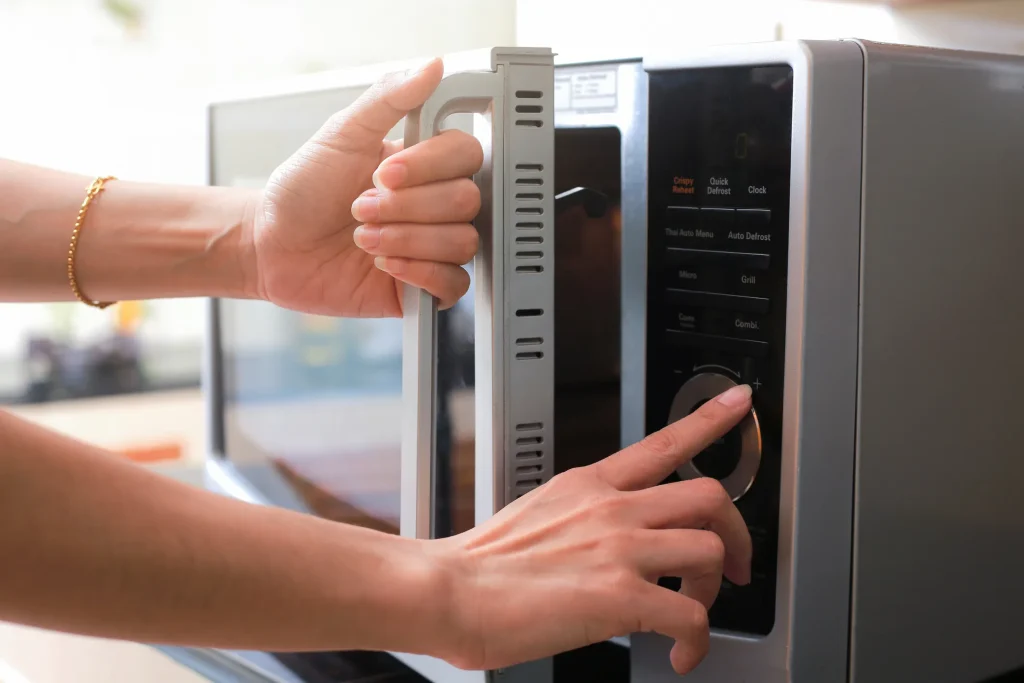
Microwaving has a bad reputation, but it’s one of the best methods for preserving nutrients in food. Quick cooking times and minimal water use help retain vitamins and minerals. In fact, boiling vegetables often leaches out more nutrients than microwaving. Don’t hesitate to use your microwave for quick and healthy meals.
6. You Can Tell a Steak’s Doneness by Touch
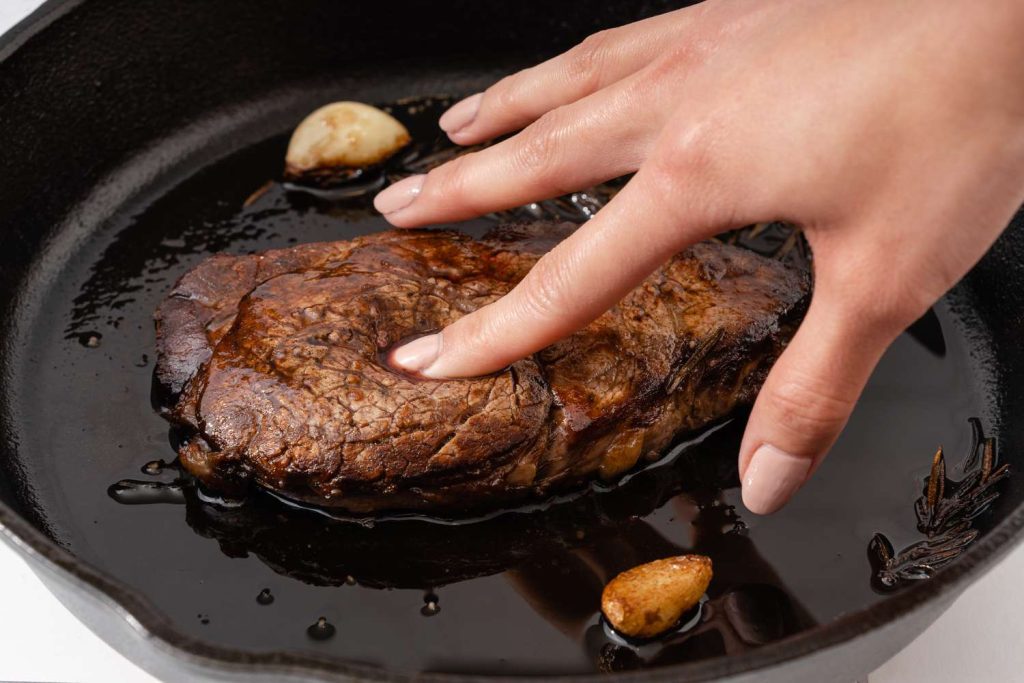
The finger test for steak doneness is widely touted, but it’s far from foolproof. Factors like meat thickness, cut, and personal technique make it unreliable. A meat thermometer is the most accurate way to ensure your steak is cooked to your desired doneness. Stop guessing and invest in a good thermometer for perfect results.
7. Baking Is an Exact Science

While precision is important in baking, there’s still room for flexibility and creativity. Slight adjustments for altitude, humidity, or personal taste can make a big difference. Trusting your instincts and experimenting can lead to better results than strictly adhering to a recipe. Don’t let fear of failure stop you from experimenting in the kitchen.
Leave a comment